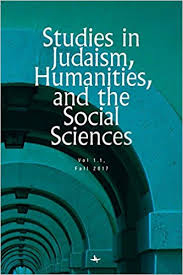Abstract
Jewish marriage is acclaimed as a positive model of interpersonal connection between a man and woman, in which it presents a paradigm of stability and mutual respect. Conversely, it has also been decried as constraining women through marriage, due to the unilateral acquisition of a woman by a man in the Jewish marriage ceremony. Unilateral acquisition by the husband results in the husband’s unilateral right to release her through divorce or prevent her release and possible remarriage. The technical formality of marital acquisition becomes oppressive for women in Jewish society when the marriage has disintegrated without the man issuing a writ of divorce (get). The roots of this dilemma are deep and were already well-established in the ancient world. One of the terms for husband in the Bible and later rabbinic literature is ba’al whose primary meaning is owner or master after the name of the Canaanite deity.
Judith Butler maintains that the foundations for interpretation in our postmodern age are clearly contingent. There can no longer be single claims to universality with a single totalizing narrative. Jewish marriage can no longer be described only as a paradigm of stability and mutual respect. When the foundations shift, epistemology must be transformed. G. W. F. Hegel’s description of the master-slave relationship is a fruitful model from which to analyze classical rabbinic texts concerning Jewish marriage and household slaves. Tractate Qiddushin juxtaposes the acquisition of women to the acquisition of slaves (mQiddushin 1:1–3). This article will focus on a Hegelian analysis of master-slave relationships through biblical and postbiblical classical Jewish texts, most of which relate to marriage, and the lasting impact of the master-slave relationship to Jewish marriage.
Publication Type
- Article



